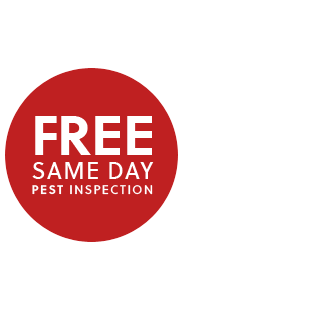Insects Set for Spring Surge, Thanks to Active El Nino Weather Pattern
BASF insect expert identifies likely culprits and potential hotspots for pest problems for regions across America
RESEARCH TRIANGLE PARK, N.C.--(BUSINESS WIRE)
Termites, ants and other pests thrive in moist conditions, and there will be plenty of those across America, when record snow packs begin melting from the Sierra Nevada to Capitol Hill.
"When conditions are warm and wet, many pests begin to swarm in search of food, shelter and mates," said Dr. Bob Davis, Entomologist and a Scientist at BASF, the world's largest chemical company. "Unfortunately, this search brings many of these pests inside, where they can create a nuisance and destroy property."
Just how bad your pest problem will be this spring depends on several factors, Davis explained, including the region where you live and your recent weather patterns.
Based on known climate conditions and accumulated knowledge of pest behavior, Davis offered the following pest problem outlook for specific U.S. regions.
The South
With its hot, humid summers and temperate winters, the South offers ideal conditions for a wide range of pests, including many species of ants.
"Many ants live in nests just below the soil surface, so once the ground gets soaked, they quickly begin moving their nests to higher locations," Davis said. "Once they get flooded out, it doesn't matter how clean your home is - no one is immune from an invasion."
Ant populations are expected to grow across the South this spring, bolstered by an influx of feisty foreign invaders. For example, the invasive "Caribbean crazy ant" had only recently been seen in Texas, but has already begun to spread to multiple counties in Southeast Texas and may now be in the neighboring state of Louisiana. These ants are aggressive enough to drive out native ants and fire ants.
"There are whole neighborhoods in Southeast Texas that are being overrun with millions of these invasive crazy ants," Davis said.
Colonies of native crazy ants are relatively small, with multiple queens and a few thousand workers. In favorable environments, such as Florida, larger "super" colonies containing tens of thousands of ants may be linked together by foraging trails.
The threat of termite infestations also could intensify this spring with forecasts predicting average temperatures in Florida, Georgia and other surrounding states, and above-average to average precipitation.
A season of intermittent rains with warming temperatures is conducive to termite swarming. Swarms occur when winged termites leave the nest to form new colonies - often right after a rainfall. But termites also can reproduce right in their own nests. In fact, during years of reduced swarms, a single subterranean termite colony might split into multiple smaller ones underground, Davis said.
Southeastern drywood termites, often found in the extreme Southeastern states, swarm from late May to mid-June. They can infest buildings, eating structural timbers, pieces of furniture, flooring, doors, window trim, even wooden picture frames. Interior swarms will many times be found near windows and doors because the flying insects are attracted to lighted areas.
The West
This winter was severe in the West. Colder-than-normal temperatures and heavy precipitation hit many areas of the Western states. February packed a punch of precipitation, and in March, California officials said the average water content in the Sierra mountains' snowpack had reached 107 percent of normal seasonal levels.
While the snow is a blessing to drought-stricken areas of California, it also sets the stage for heavier-than-normal pest infestations. Spiders, scorpions, beetles, termites - all can flourish when normally dry ground is flush with water.
One frequent menace is the Western subterranean termite. This native pest can enter structures through cracks less than one-thirty-seconds of an inch wide, including the tiny openings in concrete slabs, around drain pipes, and between the slab and a home's foundation. Most swarming occurs in the spring, but additional swarms may occur throughout the summer and fall.
Wet conditions also will create a field day for ants, including the highly invasive Argentine ant, whose massive colonies can be found along the West Coast and parts of the Eastern and Gulf Coast states.
"The Argentine ant has few natural enemies here, so they can quickly knock out the native ants," Davis said. "When Argentine ants get inside a house, they're a force to be reckoned with. I've seen these ants travel in columns that were as wide as my wrist."
Click here to read the entire article
Clark offers both Residential Termite Control and Commercial Termite Solutions, Visit Clark today!


